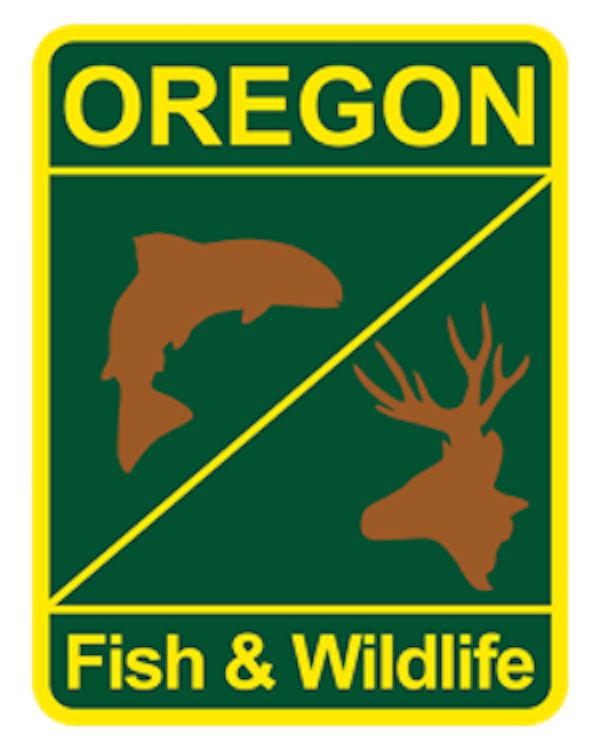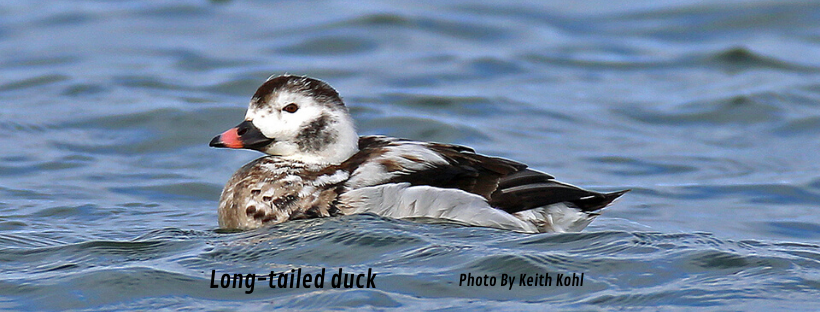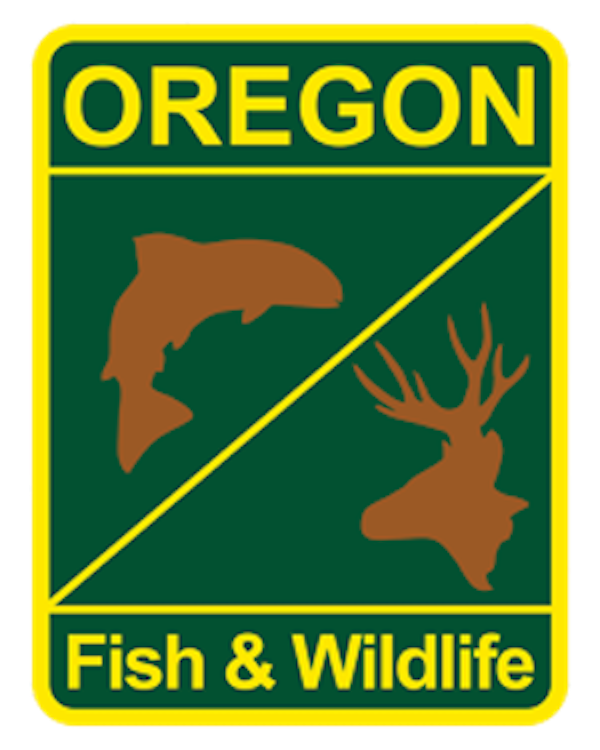Mainstem Umpqua spring Chinook anglers can only retain hatchery fish

by OR Department of Fish & Wildlife Staff
1-16-2020
Website
Mainstem Umpqua River anglers may only retain hatchery spring Chinook salmon during the upcoming Feb. 1 – June 30 springer season; all wild salmon must be released unharmed.
Anglers on the North Umpqua River may still retain wild spring Chinook as per the 2020 aggregate bag limit regulations.
ODFW is enacting this emergency closure to wild mainstem spring Chinook salmon retention in an effort to help protect a vulnerable population that returns to the South Umpqua River. In 2018, just 29 wild spring Chinook returned to the South Umpqua, and 64 returned in 2019. Over the past two decades, yearly returns averaged about 200 fish which is below the 600 fish goal set in the Coastal Multi-Species Conservation and Management Plan.
ODFW District fish biologist Greg Huchko said the wild South Umpqua spring Chinook salmon are an at-risk population.
“There is no simple solution to saving these wild fish. However, we are trying to make a meaningful impact by reducing harvest on the mainstem. It’s a proactive measure to help these fish,” Huchko said. “Ocean conditions have been poor the last few years, and we’re seeing reduced salmon runs on most coastal rivers. On the South Umpqua, we’ve also had warm water and lower than normal flows the past few years which negatively impacts this population.”
To Huchko’s recollection, this is the first time the mainstem Umpqua will be closed to harvest of wild spring Chinook salmon.
Partner agencies have been working to identify possible limiting factors by analyzing their individual data sets to explore actions that might benefit these fish.
“Over the last two years, we’ve had many in-depth discussions on how to best help these fish survive and ultimately thrive,” said Bob Nichols, Umpqua National Forest fish biologist. “We understand some positive action is necessary to help stem the decline. The Forest Service has also been restoring habitat where we can in the South Umpqua.”
The South Umpqua run of wild spring Chinook is a unique population that has always faced tough conditions. To survive to spawn, these fish must get above Tiller and spend the summer holding in a limited amount of deep pools where they’re susceptible to predation and poaching.
Other ways to help these fish include increased monitoring, improving passage at South Umpqua Falls, increasing enforcement on poaching, and evaluating and limiting predation impacts on Chinook in the upper South Umpqua.
In direct response to low returns of wild South Umpqua spring Chinook, harvest limits were reduced by the 2015 Coastal Multi-Species Conservation and Management Plan. The plan was created with input from public stakeholder teams.


